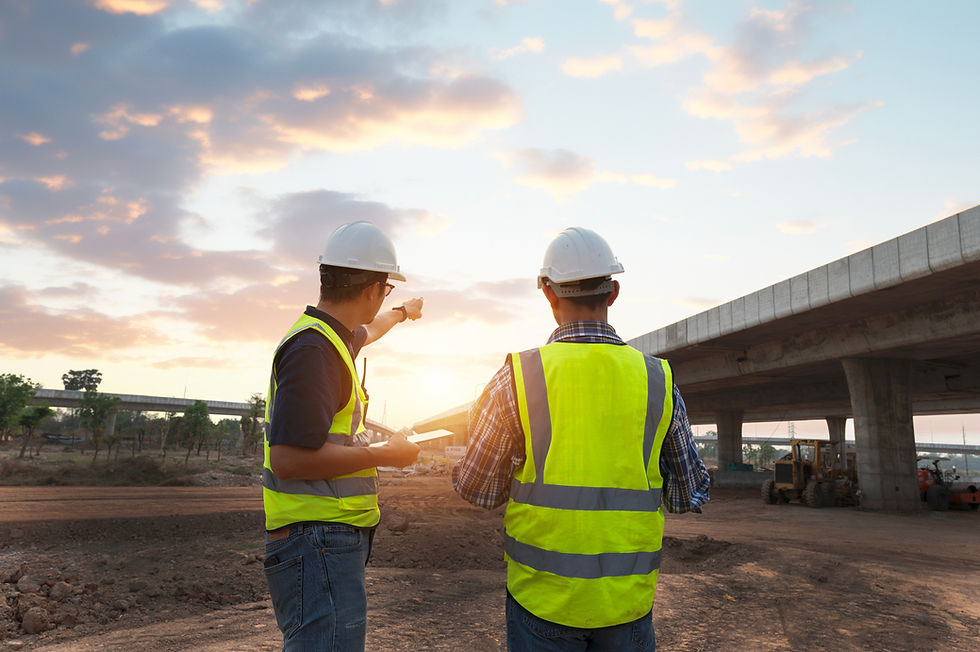Building Inspection services: Preventive Maintenance
- UEYE Solutions

- May 6, 2024
- 2 min read

Building inspections are a fundamental part of preventive maintenance that every property owner or community of owners should consider. These inspections, carried out by qualified professionals, aim to assess the overall condition of a building, identify potential structural, safety, or maintenance issues, and provide recommendations for addressing them in a timely manner. Here we explain what they are, what they are for, what they consist of, and when to carry them out, as well as the criteria and technical aspects that owners should consider.
What are Building Inspections and What Are They For?

Building inspections are comprehensive assessments conducted by experts in construction and architecture to verify the overall condition of a property. They serve to identify structural, safety, or maintenance issues that may compromise the integrity of the building or the safety of its occupants. Additionally, they provide recommendations for addressing these issues efficiently and preventively, thereby avoiding costly major damages in the future.
When does it apply?

Building inspections typically involve a detailed review of all aspects of the property, from the structure to the electrical and plumbing systems. It is recommended to conduct these inspections periodically, with a frequency that varies depending on the age and condition of the building, as well as local regulations. Generally, it is recommended a comprehensive inspection every 5-10 years, with some specific inspections conducted annually or biannually.
Criteria and Technical Aspects to Consider for Owners:

Hiring Qualified Professionals: It is essential to engage experienced and qualified building inspectors who are familiar with local regulations and construction standards.
Structural Review: The structural integrity of the building, including walls, foundations, beams, and columns, should be verified to detect cracks, subsidence, or other signs of deterioration.
Facility Inspection: It is important to inspect the condition of electrical, plumbing, heating, and air conditioning installations, ensuring they are in good working order and comply with the safety regulations.
Common Element Analysis: Common elements of the building, such as stairs, hallways, elevators, roofs, and facades, should be carefully reviewed to identify potential risks or maintenance needs.
Documentation and Monitoring: Maintaining detailed records of inspections conducted, findings, and actions taken in response to these inspections is important. This will facilitate monitoring and planning for future maintenance interventions.
In summary, building inspections are an essential tool to ensure the safety, good condition, and durability of a property. By conducting regular inspections and paying attention to the criteria and technical aspects mentioned, owners can protect their investment and ensure the well-being of those who inhabit the building.



Comments